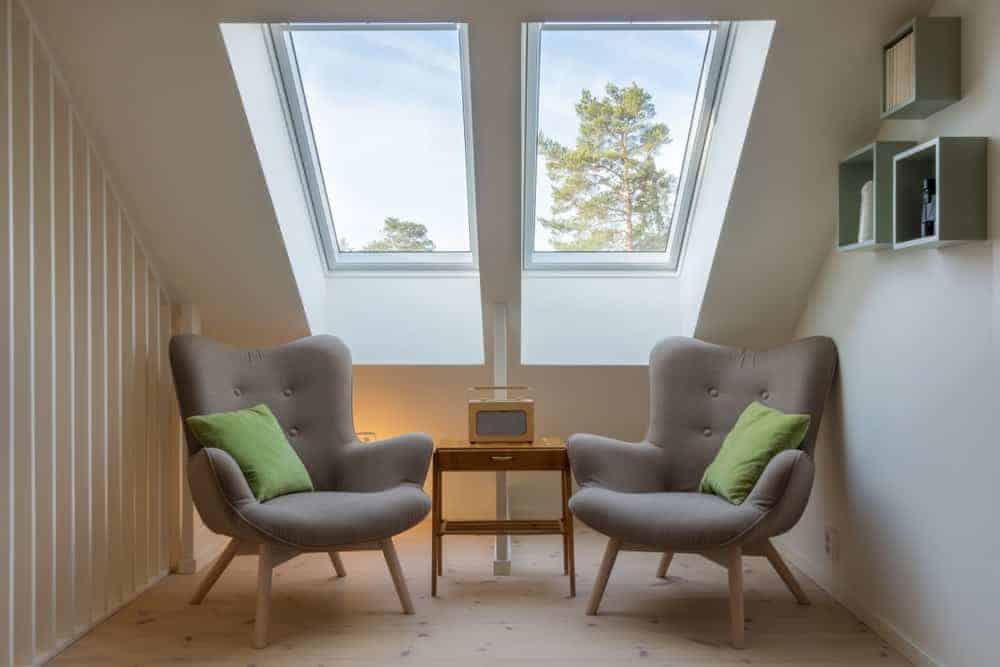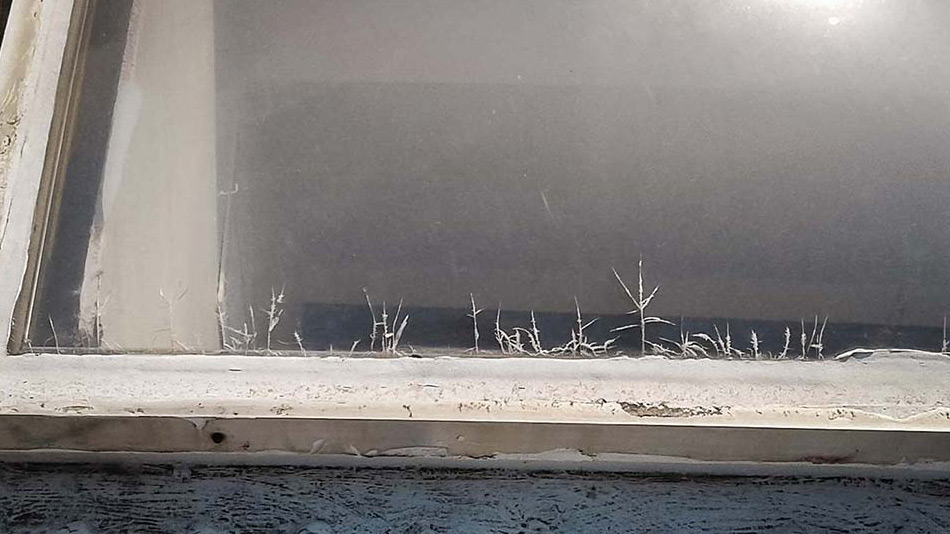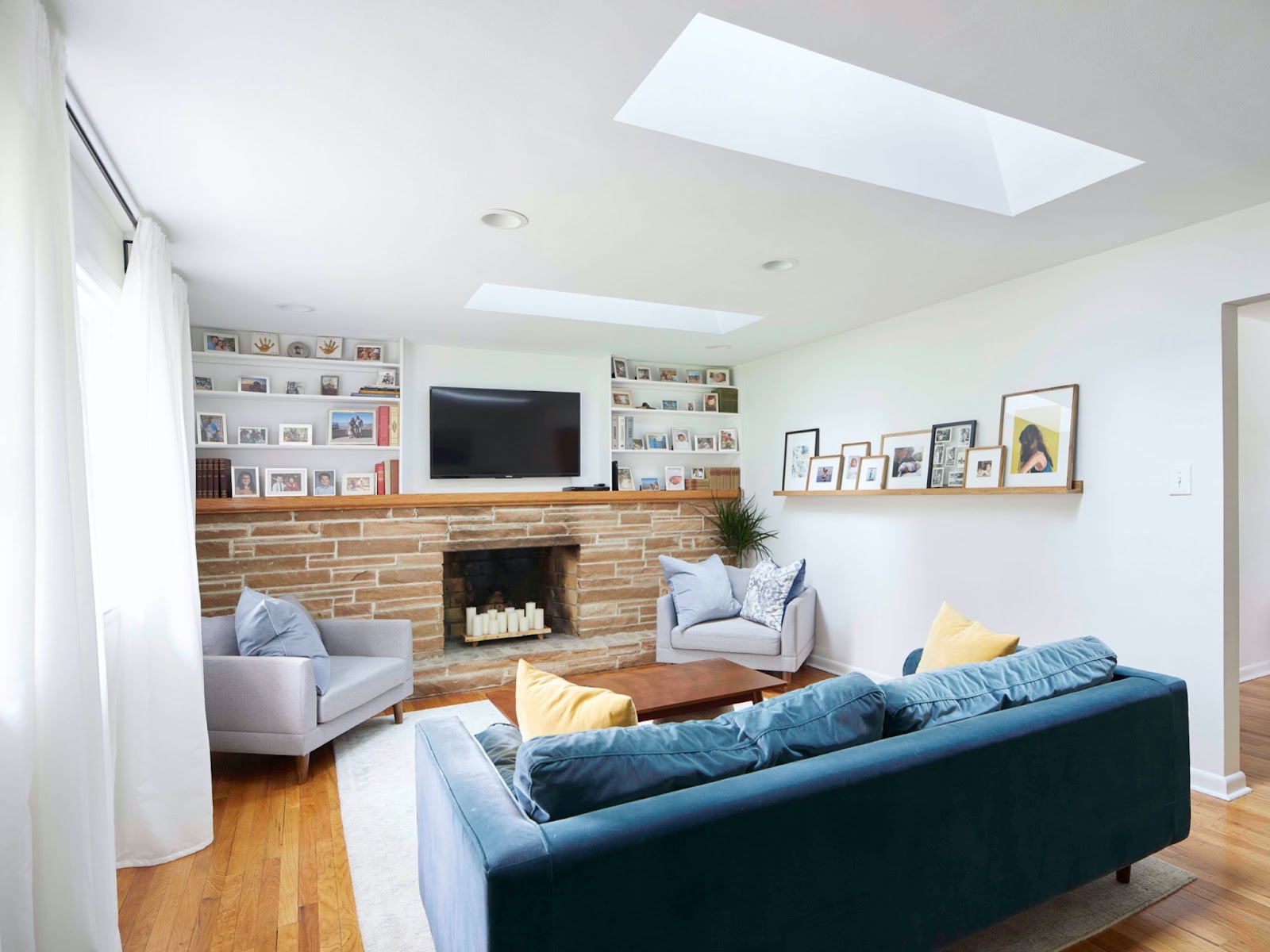Skylights in architecture have been around for thousands of years. The oldest skylights in the world can be found in ancient Roman architecture. One of the earliest skylights ever made was actually glass-less and can be seen in the Pantheon. In modern architecture, skylights became affordable and popular in residential homes in the 1950s. Over time, as technology evolved, skylights also evolved to become water-tight and energy-efficient. Whether you’re considering installing a skylight or buying a home with a skylight, there are a few things you should know about a skylight’s lifespan and the up-keep…
Skylights – a trend of the past?

Repair + Replacement of Skylights
Skylights have a life span of 10-20 years. The answer to your skylight problems may simply be that it’s just time for a skylight replacement. Here’s what to consider if you’re debating between repair or replacement of your skylight.
Leakage
By far the most common problem with skylights is leakage. Between the glass, frame, and weep holes, water can somehow find its way into your home. If you notice leakages early, you may only need to repair your skylight or frame. If you catch leakages too late, then bigger issues like water damage and mold may mean a skylight replacement.
Cracks in the Glass
Even if a cracked skylight doesn’t create leaks, it can be unsightly and could lead to further damage or leaks later on. In most
cases of cracked glass, you’ll need to replace the skylight pane but not necessarily the rest of the unit.
Discoloration or Fogging
Over time, your skylight window may become fogged up or yellowish in appearance because of the elements of nature. If the skylight is in your kitchen, this discoloration may be a result of the build-up of cooking grease. If you can, try cleaning your skylight window first to try and clear away the fogging yourself. If cleaning doesn’t work, you may need to replace the glass pane of your skylight.
Pros of Skylights in Roof
- Ventilation: Weep holes around the edge of the skylight pane allow for a tiny bit of fresh air to pass in and out of your home
- Natural light: Almost every home could benefit from a little more natural light. The nice thing about natural light is it keeps your energy bill trim while you use daylight to keep your home well lit.
- Aesthetic: Skylights and the sunlight that come with them add an element of style and airiness to your home. There are many different ways you can install a skylight and the shape and size of your skylight will also bring more style to your home
Cons of Skylights in Roofs
- Expensive: Skylight installation, repair, and upkeep can be expensive since you’ll want to leave the roof-top maintenance work to the professionals.
- Roof leaks: Skylights have many parts besides the obvious window glass. These many components to a skylight make your rooftop more vulnerable to potential leaks and water damage.
- Heat loss during cool months: Skylights need weep holes in the glass to avoid condensation and water damage to your home. If you live in a colder climate, however, these weep holes can be a source of heat loss, too
- Overheating during warm months: On the flip side, if you live in a warmer climate, the sunlight that comes through a skylight can also be a cause of overheating and a greenhouse-like effect. A poorly placed skylight could actually wreak havoc on your energy bills.
3 Tips for Considering a Skylight
- Size matters: Panes of window glass may look large up close, but they will always look much smaller when they are high above your head at the top of your home. The biggest cost will be the installation, so when it comes to selecting the size of your skylight, go big!
- Consider the placement: For consistent, year-round light, a skylight on the north side of your home is the way to go. For energy savings, placing your skylight on the south side of your home is your best bet. Be mindful too, of the slopes on your roof. A poorly placed skylight may turn your home into an oven during the summer months.
- Think outside-in: Do you have beautiful big trees in your yard near your home? You may want to avoid placing a skylight beneath the branches of heavy shedding trees to avoid future buildup of leaves, branches, and seeds upon your skylight glass.
Installing, repairing, or replacing a skylight in your home is not a quick and easy decision. If you still have questions or concerns after reading through this post, please do not hesitate to call CoMitted 365 Roofing & Exteriors. We’d be more than happy to answer any questions you may have and walk you through our skylight installation process too.





